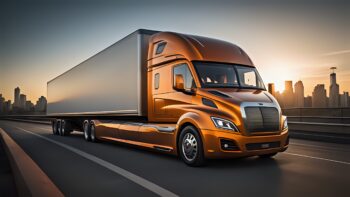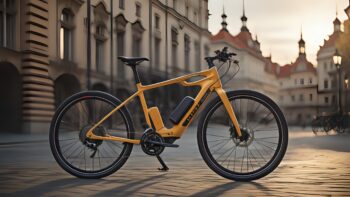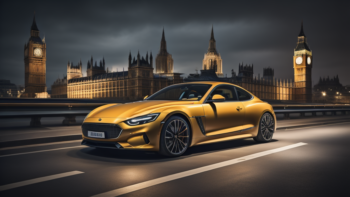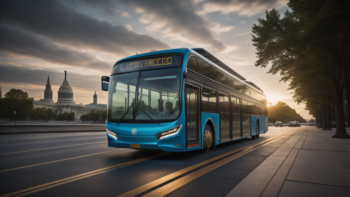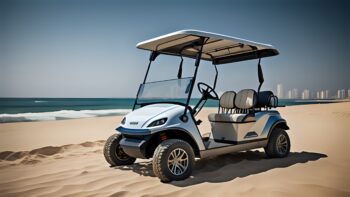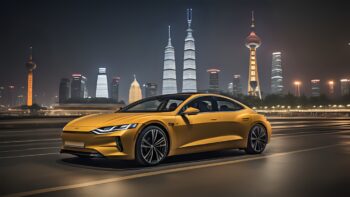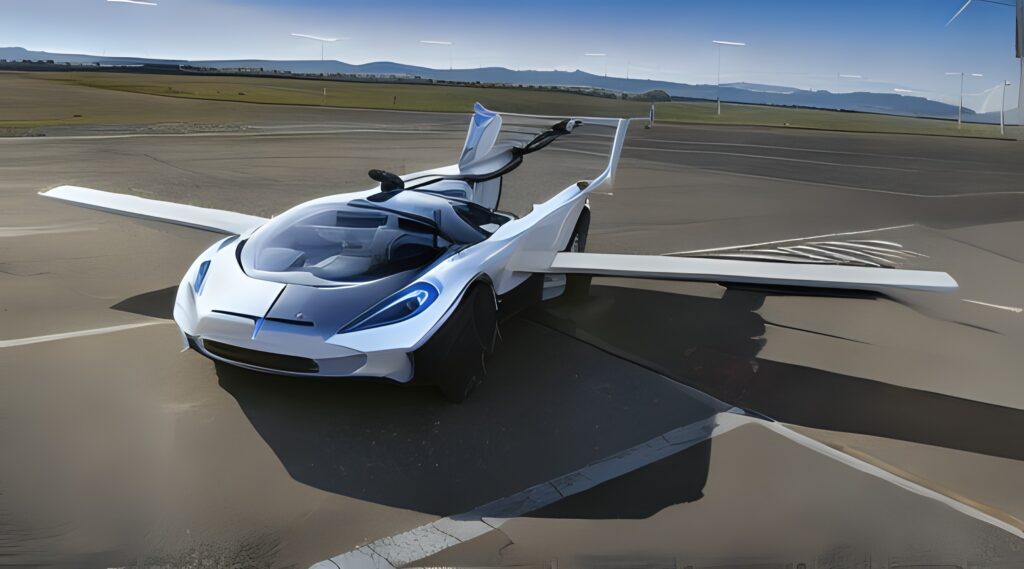
Electric Flying Cars
Listing Category by product
Electric flying cars manufacturers
Global electric flying car manufacturers are leading the charge in reshaping the landscape of personal air travel. Their expertise lies in crafting cutting-edge aircraft designs fueled by electric propulsion systems. Their mission? To redefine urban mobility with sleek, compact vehicles capable of vertical takeoff and landing, sidestepping the constraints of conventional road congestion. Prioritizing safety, efficiency, and sustainability, these pioneers are propelling aviation technology into uncharted territory, ushering in a future characterized by accessible and environmentally friendly personal flight. As urban air mobility gains traction, electric flying vehicles emerge as frontrunners, poised to shape the transportation paradigm of tomorrow.
Electric flying cars overview
The development of electric flying cars represents a significant technological advancement in transportation. Several manufacturers, including Airbus, Boeing, and Lilium, are actively working on projects to bring electric vertical takeoff and landing (eVTOL) aircraft to market. These vehicles aim to revolutionize urban mobility by providing faster, more efficient transportation options for short-distance travel. Companies like Joby Aviation and Volocopter are also making strides in this space, with prototypes and test flights demonstrating the feasibility of these flying vehicles. As technology continues to evolve and regulatory frameworks develop, these vehicles have the potential to transform how people commute within cities and beyond.
Electric flying cars and battery technology
Battery technology is vital in the advancement of electric flying cars, as it significantly influences their range, performance, and safety. Among the various options, lithium-ion batteries stand out for their high energy density and reliability, making them a popular choice for electric Vertical Takeoff and Landing (eVTOL) aircraft. These batteries supply power to electric motors, enabling crucial functions like vertical takeoff, sustained flight, and safe landing. Manufacturers prioritize enhancing battery performance to extend flight durations and boost payload capacities while upholding safety standards. Anticipated improvements in battery technology, such as solid-state batteries and advanced thermal management systems, are poised to further augment the capabilities of flying vehicles in the future.
Drivetrain – electric flying cars
Electric flying cars utilize electric drivetrains to power multiple rotors or propellers for both vertical takeoff and forward flight. Compared to traditional combustion engines, electric motors offer distinct advantages such as quieter operation, reduced maintenance needs, and enhanced efficiency. They provide precise control and responsiveness, enabling agile maneuvering and seamless transitions between vertical and horizontal flight modes. Additionally, electric drivetrains facilitate regenerative braking during descent, which extends flight range and conserves energy. As electric flying car technology advances, improvements in electric drivetrain design and integration will be pivotal in ensuring the safe and reliable operation of these groundbreaking aircraft.

